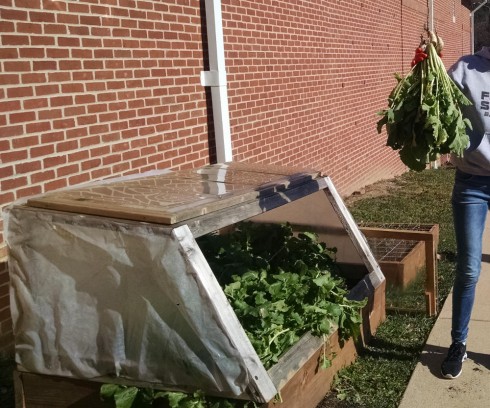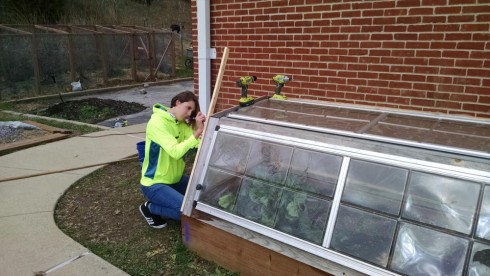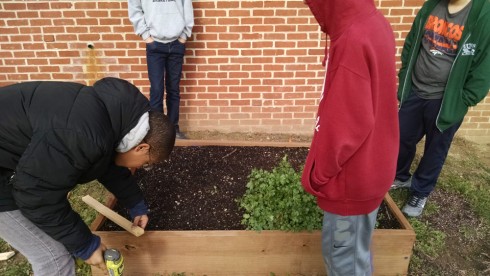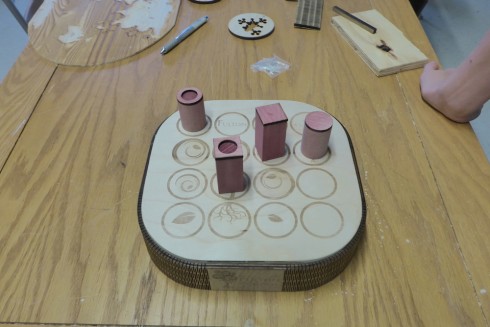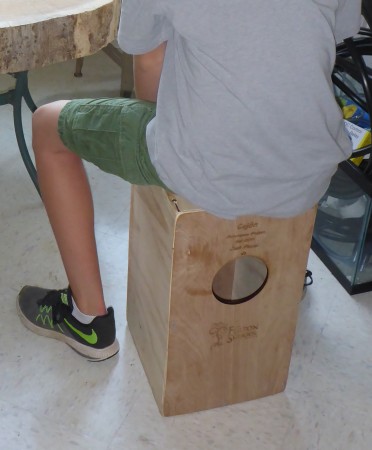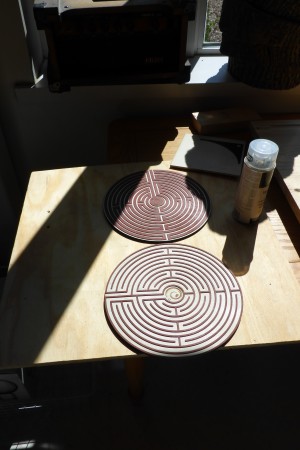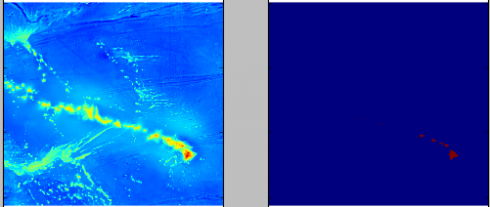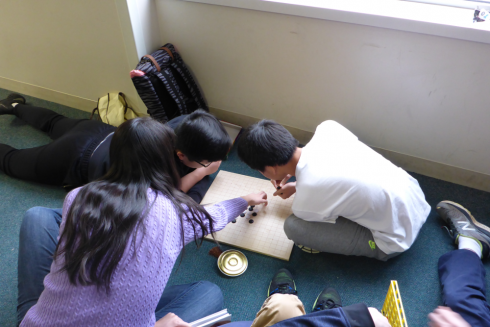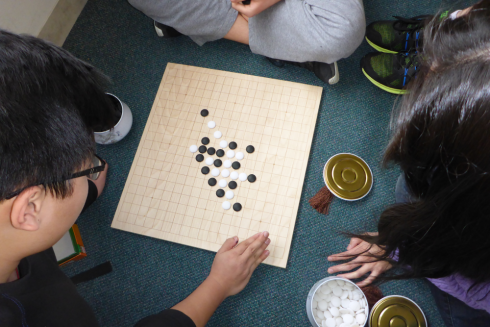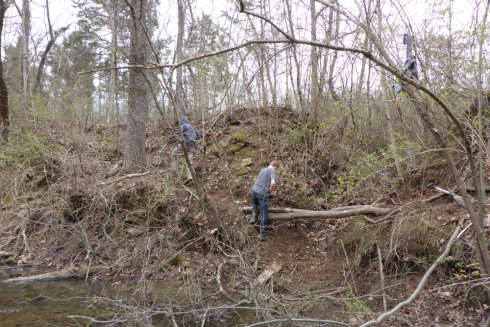
After building our vegetable boxes, I had one of the students use some of the wood scraps to make some small stools. They make it easier for us to sit cross-legged on the floor. This last interim, as a small side project, another student chose to upholster them:
During the interim, I worked on upholstering small wooden stools that Dr. Urbano had made. I worked in the basmentnasium and only used the materials available there. I used thin layers of foam from an old couch to pad the wooden seat; if the foam was too thin then I used two layers. I covered the foam and the seats’ edges with fabric Dr. Urbano brought: a burlap rice bag and old curtains. I attached the fabric to the bottom of the wooden seat with a staple gun; I attached it tight enough to keep the foam in place.
– Mary R.
